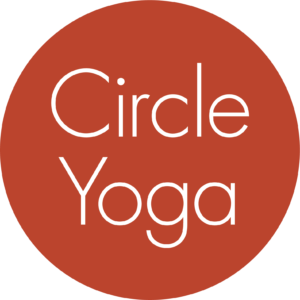April 2011
Dear Friends,
Spring has arrived! How wonderful to see the daffodils blooming and to feel the sun on our faces again. And at the same time, we had more tragedy than usual this past month: the terrible earthquake and tsunami in Japan, and, closer to home, the tragedy in our local yoga community at Lululemon in Bethesda. How can we reconcile the beauty and excitement of spring with the horror and suffering of events like these?
My husband will often tell me that I see the glass half empty, while he sees it half full, meaning that he looks at the positive side of life, while I focus on the difficulties. I have never liked that metaphor, and not just because I am usually portrayed on the seemingly negative side of it, but because it never helped me to understand life. It’s similar to something my mother said to us when we were kids when we were upset about something — “stop feeling sorry for yourself.” Both my husband and my mother’s words create more angst for me, because they leave me wondering what to do with the difficult feelings I have, such as sadness, anger, or fear.
Do you see this glass? I love this glass. It holds the water admirably. When the sun shines on it, it reflects the light beautifully. When I tap it, it has a lovely ring. Yet for me, this glass is already broken. When the wind knocks it over or my elbow knocks it off the shelf and it falls to the ground and shatters, I say, ‘Of course.’ But when I understand that this glass is already broken, every minute with it is precious.
What I hear him saying is that when we go all the way into our fear, sadness, or anger, we are liberated from them. So when we look at all that is beautiful and precious to us, and see that our separation from them is certain, we can truly value them. When we experience the beauty of spring and the glorious daffodils, we can also see the wilting and disappearance of the daffodils and feel the muggy heat of the summer. And, somewhat paradoxically, instead of making us morose and sad, that insight actually brings us more joy in the present moment. It wakes us up to the incredible preciousness of this moment and helps us find the beauty in each moment that we might otherwise miss.
This spring, we can practice looking at all that we love — our families, friends, favorite yoga teachers and classes, places in nature, our health, delicious foods, etc. — and see them as already broken, and we can practice letting them go. The paradox is that only when we have truly let them go can we really be present with them and feel the magnitude of how dear they are to us. The Buddha suggested that every day we recite the five remembrances:
(1) I am of the nature to grow old. There is no way to escape growing old. (2) I am of the nature to have ill health. There is no way to escape having ill health. (3) I am of the nature to die. There is no way to escape Death. (4) All that is dear to me and everyone I love are of the nature to change. There is no way to escape being separated from them. (5) My actions are my only true belongings. I cannot escape the consequences of my actions. My actions are the ground on which I stand.
I believe that this is how we can hold all the terror and beauty we are experiencing this spring. Instead of looking at the glass as half empty or half full, we can see it as already broken. And we can celebrate the brief moment that we have to enjoy it.
with love,
annie.
p.s. Please go and see “The Agony And Ecstasy of Steve Jobs” at Woolly Mammoth Theater Company. It is one of the best shows I have seen.
